Beef Tallow For Skin: Does It Work?
Is beef tallow really the cure-all solution for your skin problems? Separate the ‘fat’ from the facts before you slather it on.
On Jun 30, 2023 – 11 minutes read
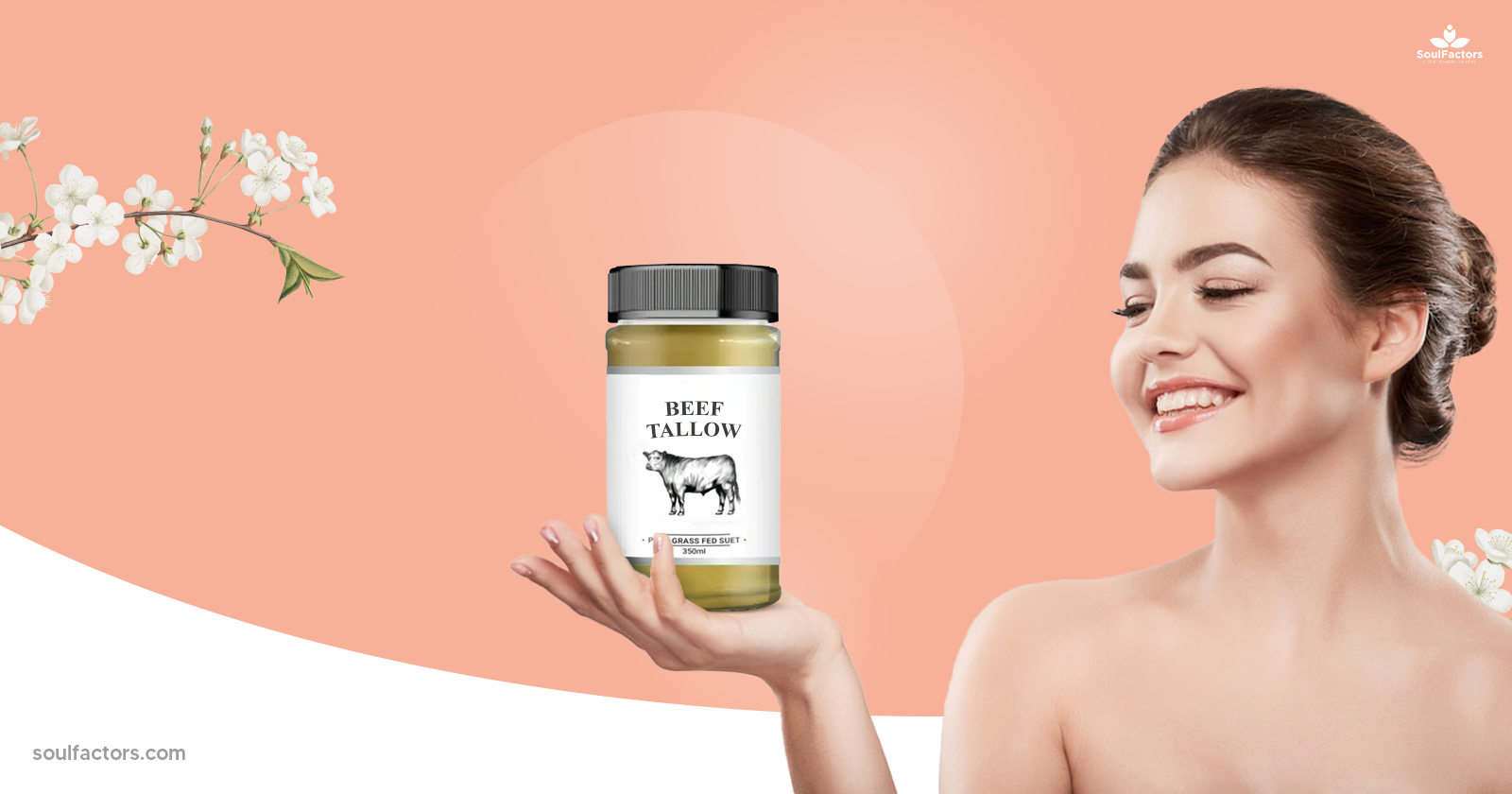
For most people, the word beef immediately conjures up the idea of a dish they can devour. But if social media trends are to be believed, beef is no longer just for satiating your taste buds. Your skin can benefit from the fat content of beef, otherwise known as beef tallow. With 500+ posts for the hashtag #beeftallowskincare on IG, you may feel the urge to grab a tub of tallow cream and slather it on your face. But it all boils down to whether beef tallow for skin can produce real results. Or is it just another gimmick like rubbing lemon juice on your face to get rid of acne scars?
Here’s the ultimate guide that shines the spotlight on the truth, minus the fluff.
What Is Beef Tallow For Skin?
First up, let’s decode the basics.
In layperson’s terms, beef tallow is rendered fat derived from cows. If you heat the fatty cuts of beef and strain the melted product, the leftover liquid is known as tallow. Once the liquid cools down, it solidifies and has a butter-like texture.
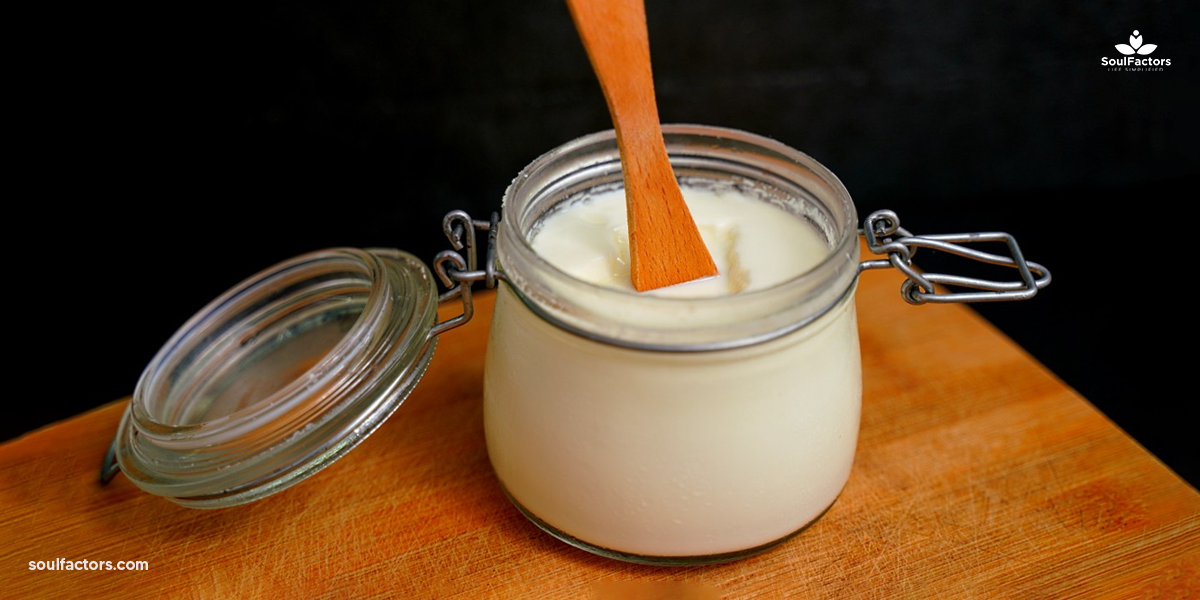
Beef tallow is not a novel product. People have been using it for centuries as a cooking medium. Tallow is also an important component for making soaps and candles.
To obtain the best quality tallow, one should use cuts from 100% grass-fed beef. Cattle reared in factory farms are pumped with antibiotics or steroids, which can trigger an adverse reaction in humans. Here is a look at what it contains.
Beef Tallow For Skin Composition:
- Beef tallow contains saturated, monounsaturated, and polyunsaturated fatty acids.
- The primary component is triglycerides. Fatty acid molecules, when bound together create triglycerides.
- Common saturated fatty acids in beef tallow include palmitic acid and stearic acid. It also contains oleic acid, a monounsaturated fatty acid, and linoleic acid, a polyunsaturated fatty acid.
Keep in mind that the specific composition of beef tallow depends on various factors, including the breed of the cattle, environment, and diet.
The use of beef tallow for skin is not unheard of. If you go back to ancient texts such as Ebers Papyrus and Hippocratic Corpus, you will find various references for using animal fat for skin care. In fact, animal fat was also an important component of Egyptian queen Cleopatra’s beauty routine, along with olive oil and beeswax. Ovid, a famous Roman poet, also spoke about a beauty cream made from honey, rose oil, and bear fat that Romans used to protect their skin from harsh conditions.
Given the lack of synthetic alternatives, it is understandable why beef tallow for skin was a natural choice, given its easy availability and cost. Even modern-day skincare ingredients such as glycerin, a popular humectant, can be derived from tallow or animal fat. So you may be already using beef tallow as part of your skin care regime.
What Are The Benefits Of Beef Tallow For Skin?
The renewed interest in using beef tallow for skin is a direct result of wellness and beauty influencers on social media stressing the need to use more natural ingredients and binning harmful chemicals.
Incorporating beef tallow for skin care is a no-brainer for anyone who’s a fan of holistic, eco-friendly, and sustainable skincare products.

Here’s a snapshot of the potential benefits of beef tallow for skin.
1 – It has moisturizing properties
The secret to glowing skin is proper moisturization. Whether your skin is dry or oily, a solid moisturization routine can keep those wrinkles at bay and also control excess sebum production.
Since beef tallow has a high lipid content, it effectively locks in moisture and minimizes water loss. The presence of fatty acids such as oleic acid, palmitic acid, and stearic acid in beef tallow also works wonders as they help strengthen the natural lipid barrier of your skin.
Plus, the natural lipid barrier of our skin is made up of free fatty acids, including oleic acid. As a result, your skin is more likely to absorb the tallow and provide long-lasting moisturization readily.
2 – It acts as an anti-inflammatory agent
Skin inflammation is a common condition. It can manifest in different ways, whether it is acne, rosacea, dermatitis, or eczema. Topical application of anti-inflammatory ingredients can go a long way in providing relief.
Beef tallow for skin can address inflammation issues since it contains vitamins such as K, E, and D. These vitamins are well known for their anti-inflammatory properties. Here’s how each of these vitamins works:
Vitamin D
Commonly known as the sunshine vitamin, Vitamin D is a fat-soluble vitamin primarily associated with better bone health and helps your body to absorb calcium.
But that’s not all – it also generates an anti-inflammatory response by regulating an antimicrobial protein that controls skin inflammation.
Vitamin K
This multifunctional vitamin is a hero ingredient in several skincare products. Not only does it accelerate wound healing, but studies also show that Vitamin K increases the production of anti-inflammatory proteins to soothe inflammatory skin conditions.
Vitamin E
This vitamin is the most well-known anti-inflammatory agent cosmetologists rely on when formulating skincare products. Plenty of evidence proves the effectiveness of topical application of Vitamin E to combat any swelling or edema, the typical manifestations of skin inflammation.
3 – It can minimize the signs of aging
Using beef tallow for skin can also help you to combat aging, thanks to the abundance of omega-5 fatty acids.
Studies show that Conjugated Linoleic Acid, an omega-5 fatty acid, has the potential to combat oxidative stress due to free radicals and reduce the signs of aging. It also helps in regenerating the epidermal layer of skin. Additionally, as an anti-inflammatory, CLA can also help minimize skin inflammation and delay the signs of aging.
4 – It strengthens your skin barrier
Using beef tallow can be particularly beneficial for protecting your skin barrier.
A healthy skin barrier not only aids in moisture retention but also prevents harmful pollutants and other irritants from entering your skin. This is exponentially important for keeping skin infections at bay. Lastly, a healthy skin barrier means lesser chances of transepidermal water loss or TWEL. Unchecked TWEL can cause excessive dryness, make your skin more sensitive, and increase flakiness.
Using beef tallow for skin can work like magic against these issues. It is an incredibly rich source of fatty acids such as oleic acid and stearic acid that improve your skin’s natural barrier. Due to its smaller molecular size, oleic acid has a better chance of penetrating into the deeper layers of your skin when compared to other fatty acids. It also mimics the sebum produced by your skin naturally and helps regulate its production, reducing excessive oiliness.
Similarly, stearic acid acts as an emollient, keeping dryness at pay. It also acts as an occlusive, forming a protective barrier on the skin’s surface to prevent moisture loss.
It also has non-comedogenic properties, meaning there is a lesser chance of your pores getting clogged. For anyone with acne-prone or sensitive skin, non-comedogenic ingredients are a must to prevent flare-ups.
5 – It may help in healing scars
Beef tallow benefits for skin scars are supported by anecdotal evidence found on social media.
The presence of stearic acid and oleic acid that impart a good dose of moisture to the skin can help fade away the scars.
Since no scientific study backs up the claim, it is best not to pin all your hopes on beef tallow to get rid of scars.
Incorporating Beef Tallow Into Skincare Routine: What You Should Keep In Mind?
Maybe the beef tallow benefits for skin have won you over, and you are set to hunt for the perfect product.
But from a scientific perspective, whether using beef tallow for skin is the right approach is yet to be determined. If you are still keen to jump on the bandwagon, here are a few things to keep in mind:
- Purchase beef tallow from a trusted source. A lot of the products that are advertised as natural are often laden with harsh chemicals. Look for manufacturers who explicitly state that the tallow is from 100% grass-fed cows.
It is best to avoid sellers who advertise homemade tallow creams as there is no way to verify the authenticity.
- Start slow and don’t skip the patch test. While there may be some extraordinary benefits, it may not suit everyone’s skin. Everyone’s skin is as unique as their fingerprint- a cautious approach can help you to prevent mishaps.
Apply behind your neck or on your forearm and wait for at least 48 hours before applying it on your face or other body parts.
Do’s And Don’ts of Applying Beef Tallow on Skin
- Never apply tallow on your skin without cleansing it first. As beef tallow is primarily composed of fatty acids and oils, it may sit on top of the grime and dirt when applied to an unclean face. Always use a mild cleanser and opt for double-cleansing whenever possible.
- Keep a clean spatula or a teaspoon handy to scoop out beef tallow. It is best not to use your fingers as you don’t want to contaminate the product.
- Dot the product on your face and rub it in circular motions. As always, use a feather touch because your facial skin is extremely delicate. Pay extra attention as you get closer to the undereye area which is more fragile compared to the rest of your face.
- If you have acne-prone skin, it is advisable not to apply beef tallow every day. Despite the non-comedogenic properties, a heavy emollient can mix with the existing dirt and create the perfect breeding ground for bacteria. Use it sparingly — perhaps, every alternate day till your skin builds tolerance. Skip it completely if you have active acne.
- To get the best experience of using beef tallow for skin, allow your skin to absorb it completely. It may feel heavier than your usual creams. Depending on the consistency of your product, apply tallow after you have applied facial serums, if any.
Bonus Points:
Don’t forget to check the compatibility of ingredients/formulation to avoid pilling.
- Applying tallow doesn’t mean you can skip sunscreen. A broad spectrum and photostable sunscreen is a must, no matter how efficient beef tallow is for your skin.
- Keep an eye out for discomfort or redness. Even though beef tallow mimics sebum, there is a chance that it may not suit you. As soon as you notice anything out of the ordinary, discontinue the application immediately and speak to a dermatologist.
- Store the tub of tallow in a cool and dry place, away from sunlight. If the formulation lacks preservatives, pay special attention to the recommended shelf-life. Keep checking for any fungal growth.
Recommended Beef Tallow Products
Commercially, beef tallow for skin is available as creams, lotions, and soaps. However, finding products with beef tallow in India can be a challenge.
If you are serious about using tallow, here are a few products you can try.
1 – Vintage Tradition Totally Unscented Tallow Balm
This balm can be used on your face as well as other body parts. It is especially recommended for dry, calloused, and chapped skin.
However, it is only available online and it is quite pricey for 50 ml.

2 – Hayes Meadow Face and Body Tallow Skin Cream
This UK-based brand offers tallow cream made from 100% pasture-raised cows. In addition to tallow, the cream also contains essential oils and jojoba/hemp oil.
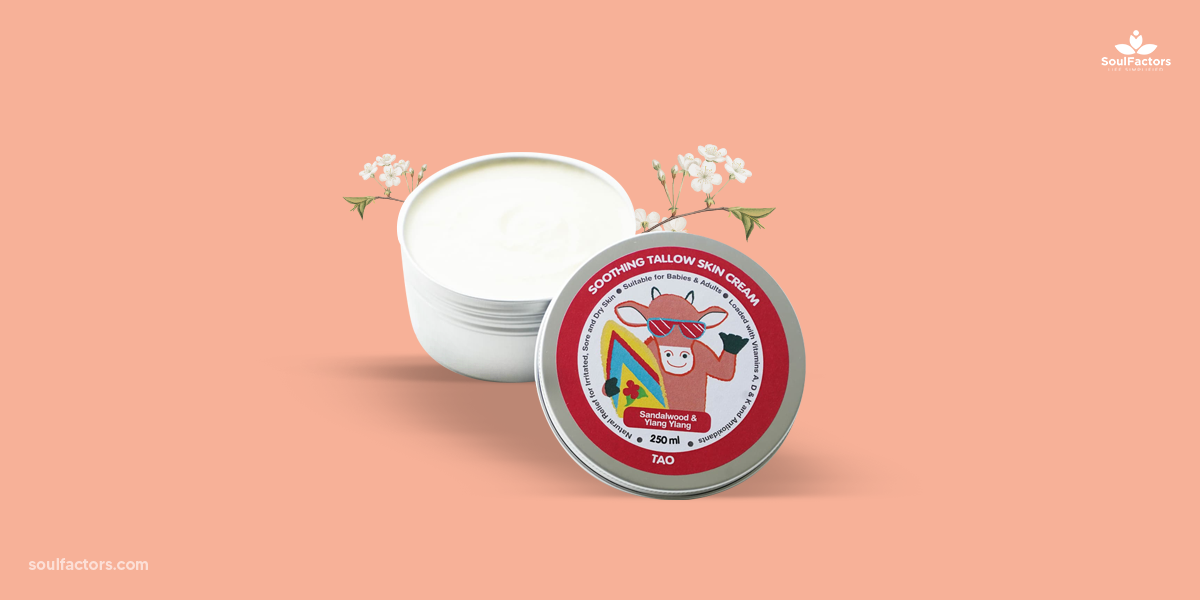
The brand recommends this organic beef tallow for skin cream for irritated, eczema-prone, and dry skin. Hayes Meadow ships worldwide, but since you need to pay shipping and customs at actuals, it may work out to be fairly expensive.
But if you are visiting the UK, you can surely try out a sample.
3 – Fatco Myrrahculous Face Cream
This US-based brand has a range of face creams enriched with tallow from grass-fed cows. This one, in particular, also contains myrrh, which is an excellent emollient for dry skin. It is also Paleo-certified and cruelty-free.
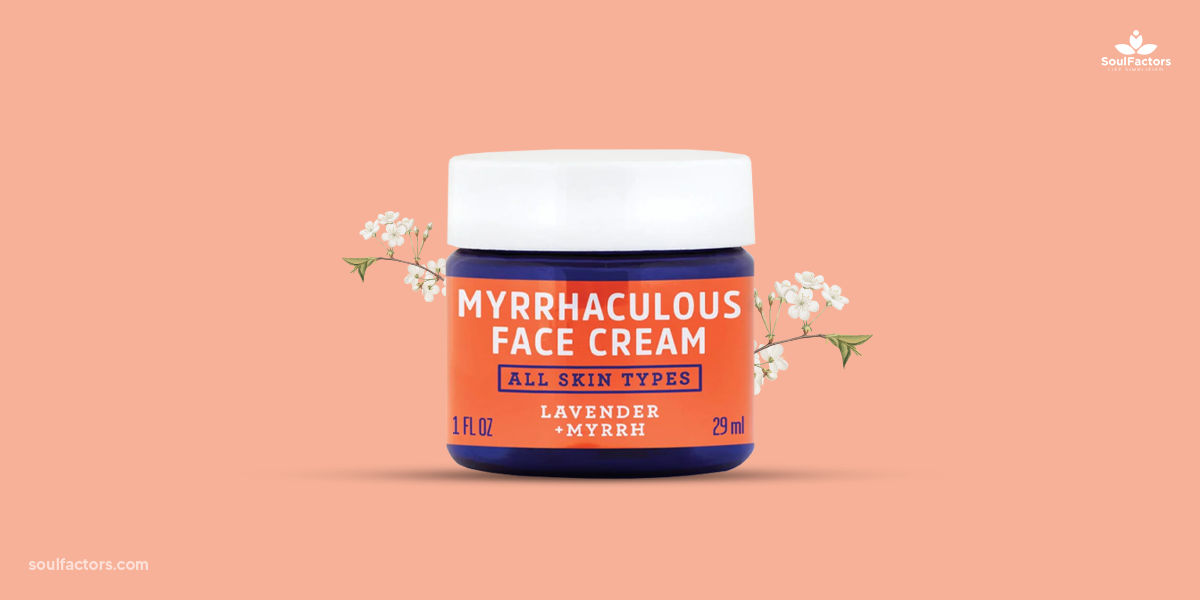
Though Fatco offers worldwide shipping, the shipping cost and customs duty can make the product heavy on the pocket.
Regardless of which product you choose to go ahead with, never skip doing a patch test to check if your skin is allergic to any ingredient. If you have any existing skin conditions or open wounds on your face, it is best to use a new product only when your dermatologist gives you go-ahead.
If you opt for any other product, don’t forget to check the label to see whether the tallow is from grass-fed cows. This will ensure that whatever you apply on your face is free from any harmful contaminants.
FAQ
Beef tallow doesn’t contain any particularly useful ingredient for clearing up your skin, whether it is acne, hyperpigmentation, or blemishes.
As beef tallow is a rich source of fatty acids, it can impart moisturizing benefits and minimize fine lines. However, there is no scientific research to prove that beef tallow can reduce wrinkles.
While rubbing animal fat on your face is not an idea your dermatologist may be on board with, especially when there are other products available, you can give it a go. Make sure to opt for high-quality tallow and add it to your routine gradually.
Skin tightening happens on account of increased collagen and elastin production. At present, there is no scientific study that proves using beef tallow for skin can help tighten it.
Conclusion
So is beef tallow good for skin? There is no straight answer to this.
Sure, there are a few benefits of beef tallow for skin. But given that there is no scientific study to back up the claims, it is best to err on the side of caution. Till the efficacy and safety of this product is well-established, please resist the temptation to include it in your skincare regime.
If you are still keen on using beef tallow for skin care, make sure to get a green light from your dermatologist, especially if you have existing skin concerns. Try to source tallow that’s pure and preferably cruelty-free.
All that glitters is not gold. And when it comes to skincare, let this idiom be your mantra.

Subscribe to Newsletter
Elevate your routine, stay on trend, and embrace a personalized beauty journey with our curated insights.

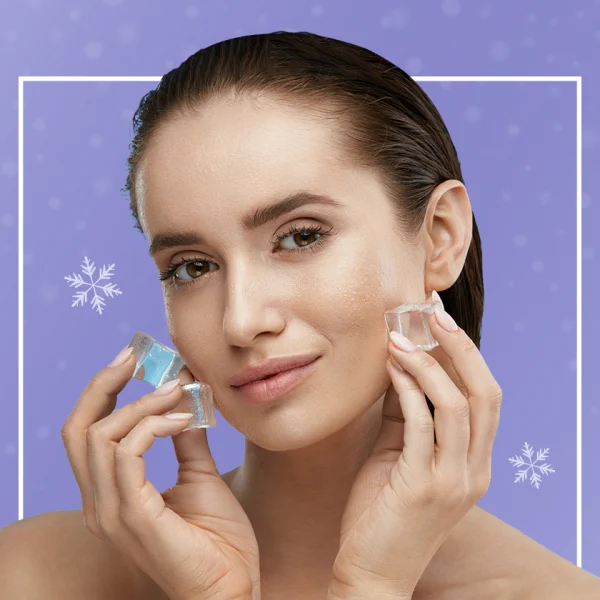
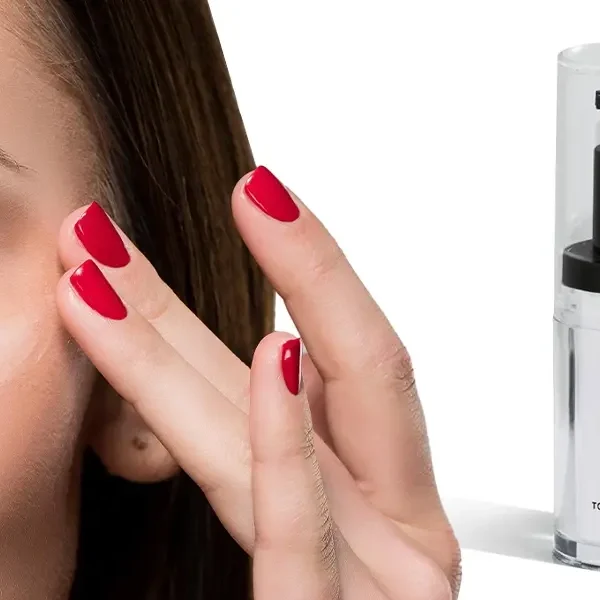

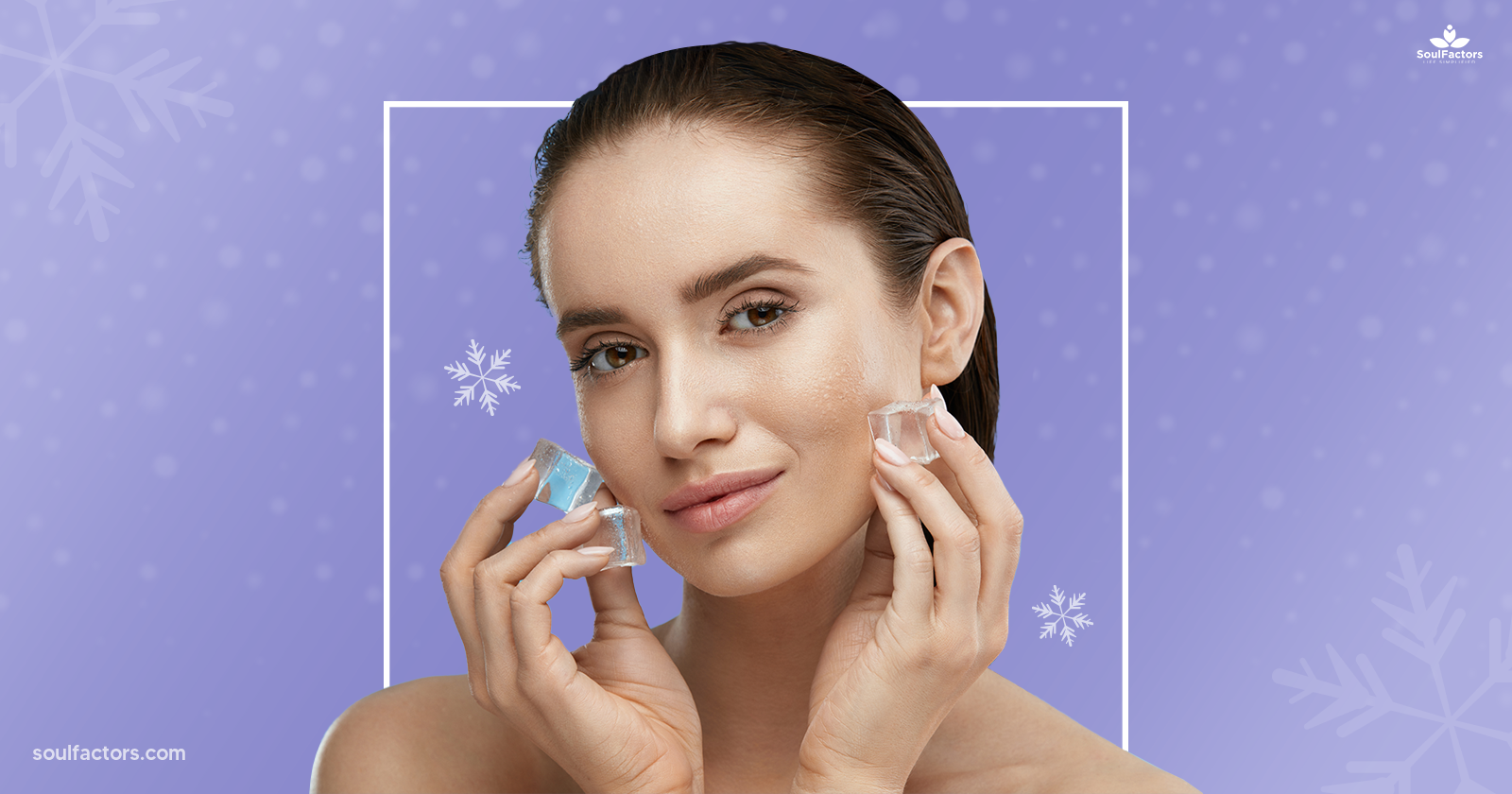

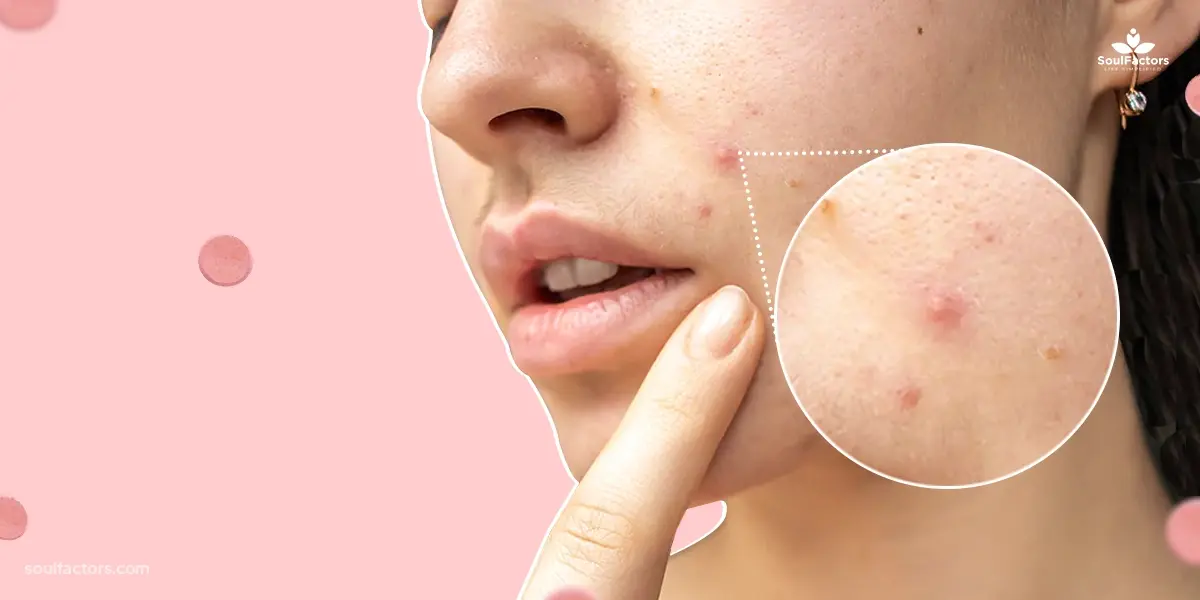
Write a Comment